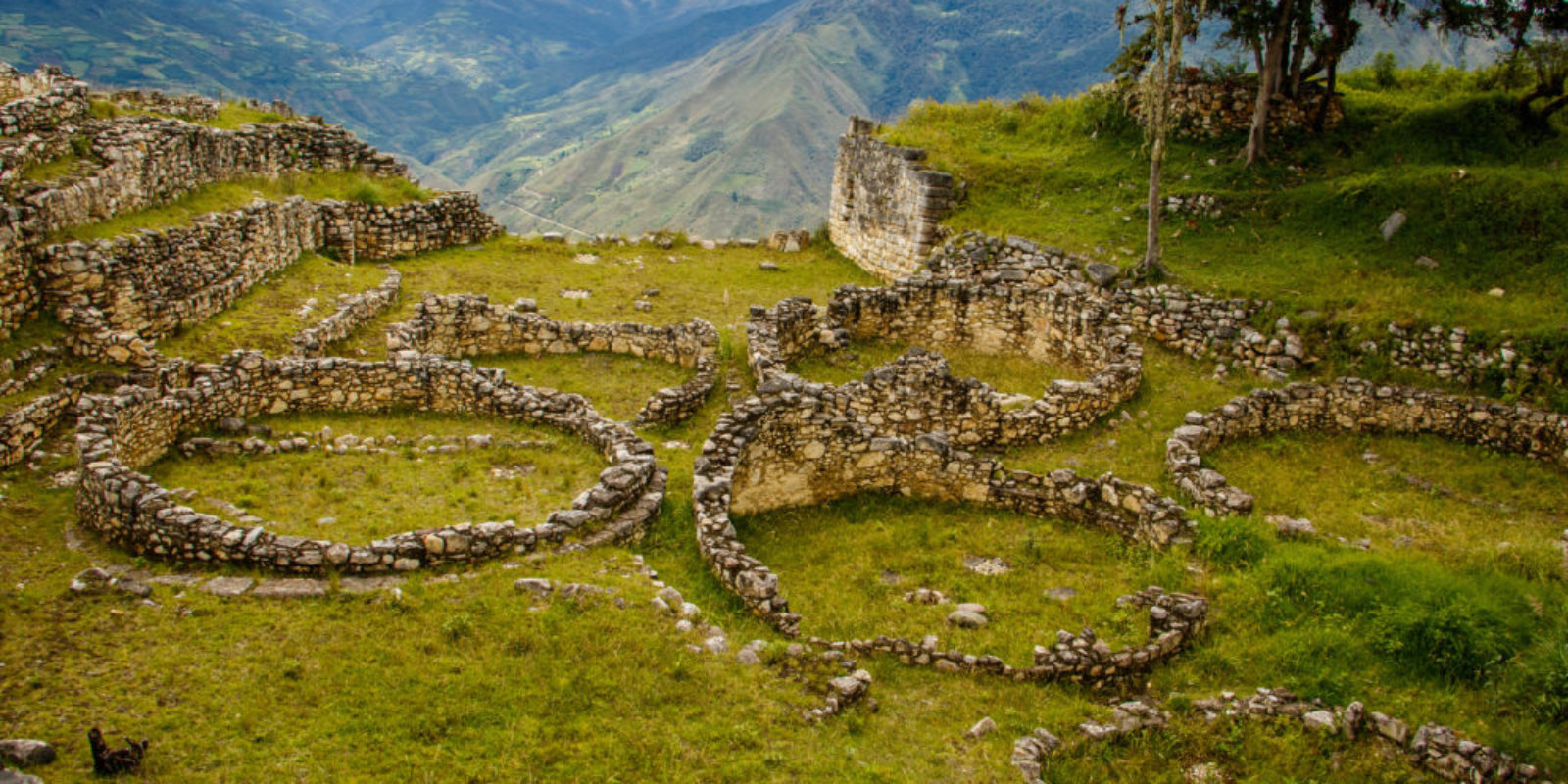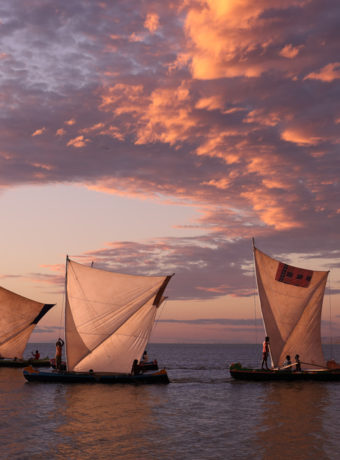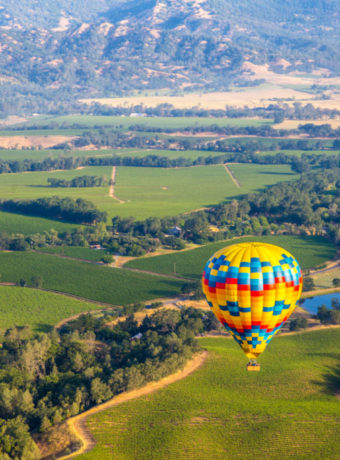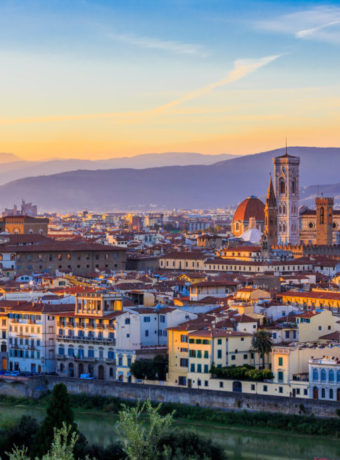When most people hear Peru, they don’t immediately think of the Peruvian Amazon. For most, the word “Peru” conjures up towering mountains with archaeological ruins and llamas running wild. The Peruvian Amazon, by contrast, is a vast jungle rainforest stretching much of the length of the country, from the northern border with Ecuador to the southeastern borders with Brazil and Bolivia.
Peruvian Amazon
Surprisingly, the Peruvian Amazon makes up nearly 60% of the country and 13% of the Amazon rainforest. It is one of the most diverse places on the planet. Famous for its cloud forests and red howler monkeys, it is also home to enigmatic and mysterious archaeological ruins. The Peruvian Amazon can be broken down into approximately three parts, from north to south.

The Chachapoyas People
The Chachapoyas people were once the rulers of this remote region. Their name is thought to translate roughly as “the cloud people,” for their inhabitation of the cloud forest. Some of their architectural marvels, like the enigmatic Kuelap, are still unknown to many foreign travellers. Kuelap was a citadel, and like most citadels, it was built to withstand attack. It did not defend against the Inca though, who conquered the Chachapoyas less than a century before the Spanish invaded.

This region, in the north of Peru, spans what is now considered the Amazonian Andes, or the high altitude jungle. The Chachapoyas lived here approximately from 800CE to 1450CE (Common Era, sorry its my architectural history coming though). Among the ruins of the Chachapoyas, beyond Kuelap, are circular tombs and sarcophagi, as well as the second city of Gran Pajaten.
(If anyone has been to Ireland and seen the ring forts, imagine a series of these. That is Kuelap.)
Iquitos

If sailing down the Amazon River is on your bucket list, Iquitos is where to do it. This is the only region of the Peruvian Amazon where you’re actually on the Amazon River rather than a tributary. One of my suppliers runs riverboat cruises along the Amazon from Iquitos! If sailing the Amazon in luxury is on your bucket list, let’s chat!
Manu
The biodiversity of the Manu region astounds even the experts. This central region of the Amazon is accessible from Cusco and is part national park, part scientific research, and part tourism. It is typically considered to be split into three parts, and unless you’re a renowned biologist, its very likely that you’re not getting into the national park. The Manu Reserved Zone is where you will find high end lodges and remote outposts, while the Cultural Zone is easily reachable from Cusco.
Tambopata

The Tambopata region lies at the southeastern corner of Peru, near the border with Bolivia. Its main city, accessible on flights from Lima and Cusco, is Puerto Maldonado, capital of the Madre de Dios province. It lies on a tributary of the Amazon, not the main river. Because this region is close to Manu, the biodiversity and wildlife remain similar. However, it’s a little harder to reach, which makes it an ideal destination for specialised itineraries.
**
The Virtuoso network across Peru is expansive. What this means for my clients is that no matter where you want to go or the itinerary you want, there is someone who will work with me to make it happen!



